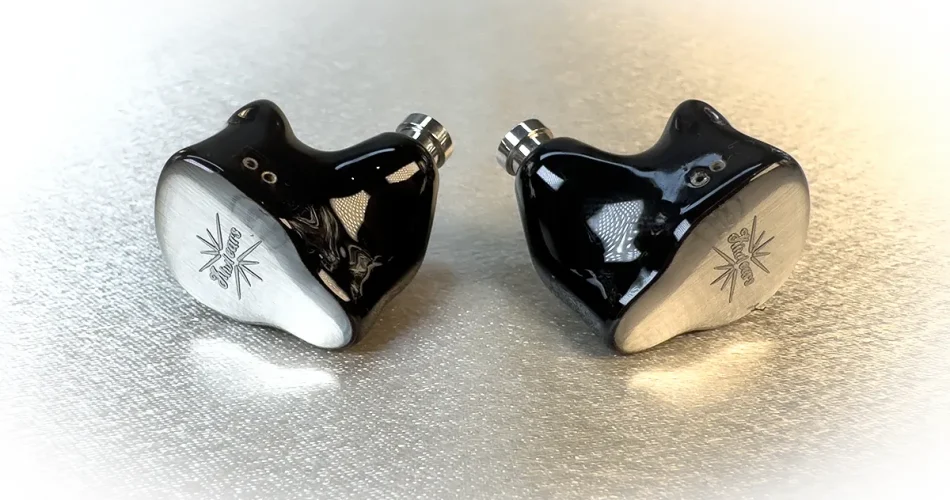IEM Comparisons

I used a L&P W4 at 42 volume with a Penon Totem USB-C cable to compare the KE4s to other IEMs.
Tansio Mirai FEAT – 2xDD 2xBA (USD $239)

FEATs’ DDs are noticeably slower and can sound sluggish at times, although bass decay is a bit slower & more satisfying as a result. KE4 tends to integrate its’ DDs with BA drivers a bit more coherently though.
FEAT is brighter but treble stands out from other frequencies unnaturally at times, instruments sound larger for some reason, and though its’ soundstage is narrower imaging feels a bit sharper.
Tonally I find FEAT sounds a bit more hollow, lacking some of KE4’s refinement.
Simgot EA1000 – 1xDD 1xPassive Radiator (USD $219) with LC7 Cable (USD $69)

It’s immediately obvious the EA1000s are far more dynamic, with a more forward midrange that’s better articulated but a bit thinner in weight, that emphasises clarity over warmth more than the KE4s.
Bass texture and overall quality isn’t quite as high, nor are the EA1000s as refined as the KE4s which delineate instruments more effectively – probably due to their higher driver count.
The EA1000s often feel like they’re throwing detail in my face, and are a lot more upfront with a slightly narrower but deeper stage and a slightly blacker background.
ISN H60 – 2xDD 4xBA (USD $349)

This is tough competition given the H60s are my favourite IEMs under $500. They’re far more dynamic, and despite being warmer have more pronounced treble and a more forward midrange as well.
Resolution is a notch higher and slightly more effortless on the H60s, which boast a slightly narrower but deeper stage, blacker background & better note weight.
Bass texture is a slightly more satisfying on the H60s too, with slower decay yielding more slam.
Penon Turbo – 6xBA (USD $549)

The Turbos’ BA bass decays much faster and is generally less satisfying, but they certainly make the KE4s sound more slugglish at other frequencies.
The Turbos push the upper midrange forward quite a bit more, and can be fatiguing as a result with tonality I don’t like nearly as much as the KE4’s smoother approach.
On the technical front however the Turbos pull way ahead, with a wider & deeper stage, much more space around each instrument, better dynamics and higher resolution across most frequencies.
Page 1 – Introduction, Packaging & Ergonomics
Page 2 – Sound Impressions & Technical Performance
Page 3 – IEM Comparisons
Page 4 – Cable Comparisons
Page 5 – Conclusion


Comments